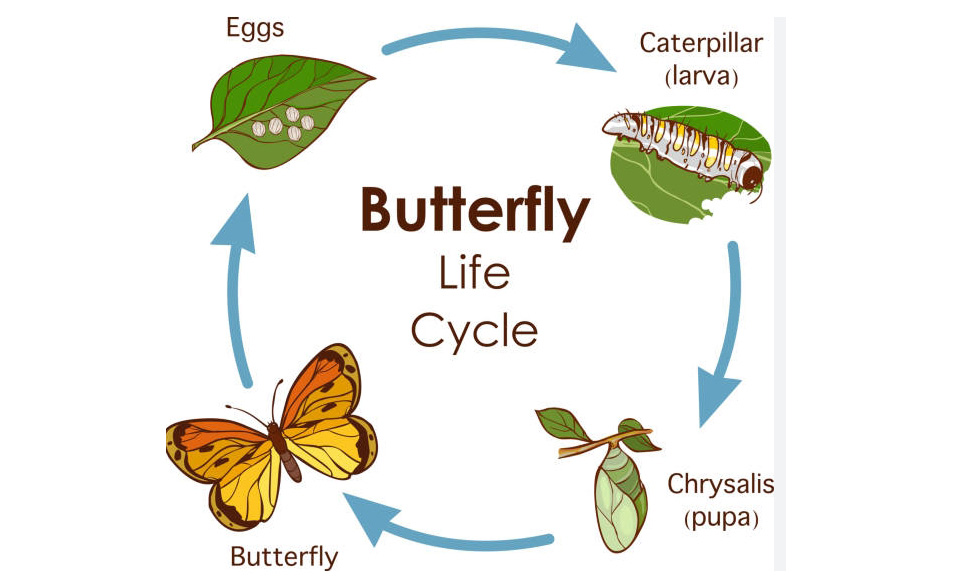Understanding Cat Leukemia: A Guide for Cat Owners
Cat leukemia, or Feline Leukemia Virus (FeLV), is a significant health concern for feline companions. Many cat owners may not be familiar with the details of this virus, which is crucial for understanding how to protect their pets and ensure a healthy life. This article aims to shed light on cat leukemia, its transmission, and preventive measures to take, helping you make informed decisions for your furry friend.
What is Feline Leukemia Virus (FeLV)?
Feline Leukemia Virus is a retrovirus that attacks a cat’s immune system, making it susceptible to various infections and diseases. It can lead to serious health problems, including anemia, lymphoma, and other cancers. Cats can show no symptoms initially, making regular veterinary check-ups essential for early detection. Understanding this virus can empower pet owners to recognize the signs and seek prompt veterinary care, ultimately improving their cat’s quality of life.
How is FeLV Transmitted?
FeLV is primarily transmitted through close contact between cats, particularly through saliva, urine, and blood. This means that cats that groom each other or share food and water bowls are at higher risk. Kittens can acquire the virus from their mothers, either in utero or through milk. It’s important to note that not all cats exposed to FeLV will become infected, but understanding the risks can help in preventing transmission. Keeping your cat indoors, especially if they are not vaccinated, can significantly reduce their chances of exposure to the virus.
Signs and Symptoms of Cat Leukemia
Recognizing the signs of FeLV is vital for early intervention. Common symptoms include lethargy, weight loss, recurrent infections, and poor coat condition. Some cats may develop more severe issues, such as difficulty breathing or persistent fever as the disease progresses. If you notice any of these symptoms, it’s essential to consult your veterinarian for a thorough examination and appropriate testing. Regular screenings are recommended for cats that may be at risk, allowing for better management and care of affected animals.
Conclusion
Understanding cat leukemia is essential for all cat owners. By educating yourself about FeLV, its transmission, and symptoms, you can take proactive steps to safeguard your beloved feline. If you suspect your cat may be at risk, don’t hesitate to reach out to your veterinarian for guidance and testing options. Stay informed and ensure your cat lives a healthy, happy life!




